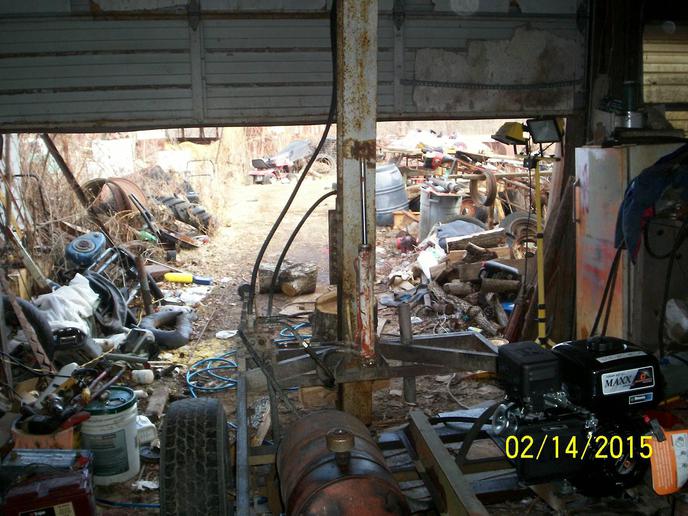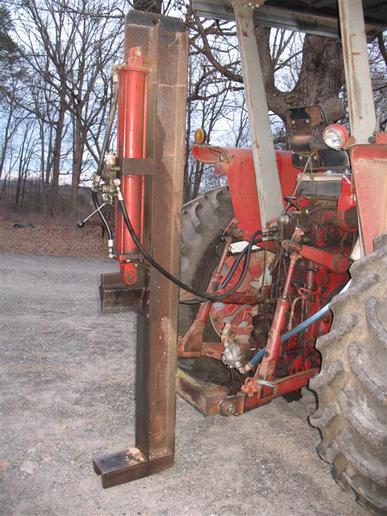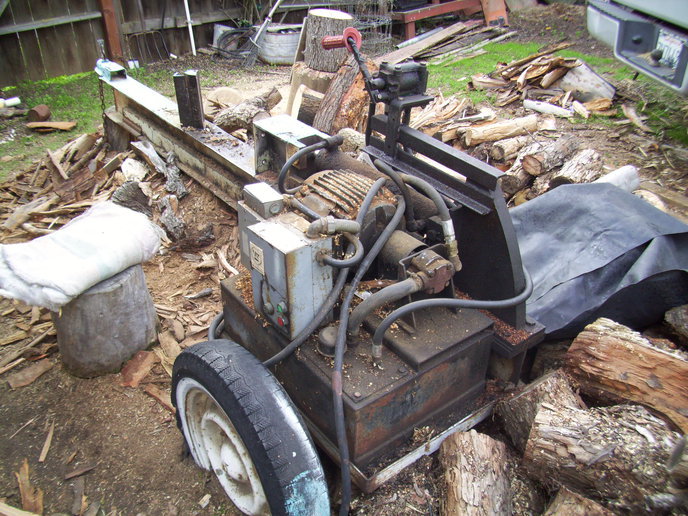carl reitnauer
Member
About to clear some land that has water oaks,very heavy to handle. What are the drawbacks to a ground level,vertical wood splitter? This would sure save my back!


(quoted from post at 00:07:59 03/08/15) Never seen so much junk in my life!! True Son
(quoted from post at 21:44:47 03/07/15) About to clear some land that has water oaks,very heavy to handle. What are the drawbacks to a ground level,vertical wood splitter? This would sure save my back!

(quoted from post at 06:43:54 03/08/15) A vertical machine is a pain to bend over at ground level and handle the logs. I have a Yard Machine log splitter that does both vertical and horizontal and I only use it in the vertical mode on the very largest logs usually in excess of 30" in diameter. Everything else is done horizontal.
We sell tractor parts! We have the parts you need to repair your tractor - the right parts. Our low prices and years of research make us your best choice when you need parts. Shop Online Today.
Copyright © 1997-2024 Yesterday's Tractor Co.
All Rights Reserved. Reproduction of any part of this website, including design and content, without written permission is strictly prohibited. Trade Marks and Trade Names contained and used in this Website are those of others, and are used in this Website in a descriptive sense to refer to the products of others. Use of this Web site constitutes acceptance of our User Agreement and Privacy Policy TRADEMARK DISCLAIMER: Tradenames and Trademarks referred to within Yesterday's Tractor Co. products and within the Yesterday's Tractor Co. websites are the property of their respective trademark holders. None of these trademark holders are affiliated with Yesterday's Tractor Co., our products, or our website nor are we sponsored by them. John Deere and its logos are the registered trademarks of the John Deere Corporation. Agco, Agco Allis, White, Massey Ferguson and their logos are the registered trademarks of AGCO Corporation. Case, Case-IH, Farmall, International Harvester, New Holland and their logos are registered trademarks of CNH Global N.V.
Yesterday's Tractors - Antique Tractor Headquarters
Website Accessibility Policy
